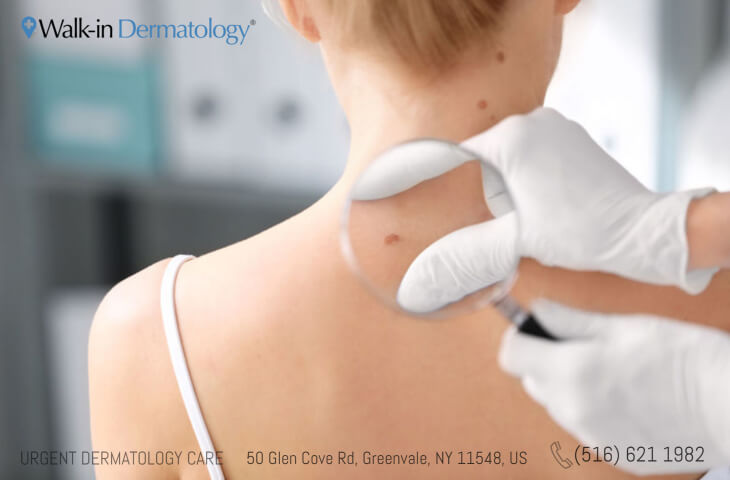Get screened for skin cancer risks and prevention methods.
Get screened for skin cancer risks and prevention methods.
Blog Article
Browsing Skin Cancer Cells Treatment: The Essential Duty of Mohs in Modern Dermatology Practices
Skin cancer cells, a difficult medical diagnosis, typically leaves people grappling with numerous treatment alternatives. As we explore the complexities of this treatment, one will certainly appreciate its critical function in skin cancer cells therapy.
Understanding Skin Cancer: Types and Threats
Skin cancer cells, a potentially dangerous ailment, is even more common than lots of people understand. This disease, brought on by the unrestrained development of irregular skin cells, largely results from DNA damage due to exposure to the sun and ultraviolet (UV) light. There are three primary kinds of skin cancer cells: Basal cell carcinoma, Squamous cell carcinoma, and Melanoma. While the former two are less lethal and make up most of diagnosed cases, melanoma is the most dangerous. It accounts for only about 1% of skin cancer instances yet creates the vast majority of skin cancer cells fatalities - hair loss. Danger elements include fair skin, history of sunburn, excessive sunlight direct exposure, living at high altitudes or near to the equator, having many moles, a family background of skin cancer cells, and weakened body immune system.
What Is Mohs Surgical procedure and Just How It's Reinventing Skin Cancer Cells Therapy
Regardless of the many therapies currently readily available for skin cancer, Mohs surgery stands out as a groundbreaking and very efficient service. Named after Frederic E. Mohs, the medical professional who developed the treatment, Mohs surgical procedure is a precise medical strategy made use of to deal with skin cancer cells. This degree of precision, integrated with the capability to save as much healthy cells as feasible, is reinventing skin cancer cells treatment.
The Advantages of Mohs Surgical Treatment Over Conventional Skin Cancer Treatments
Building on the ingenious nature of Mohs surgical procedure, it's More hints important to consider its countless advantages over conventional skin cancer cells therapies. Unlike conventional treatments, Mohs provides a greater treatment price, typically reaching 99% for novice treatments and 94% for recurrent cancers cells. In addition, it minimizes damage to healthy and balanced skin, leading to much less scarring and enhanced cosmetic results.
The Procedure of Mohs Surgical Procedure: What to Anticipate During the Process

Prospective Negative Effects and Post-Operative Care of Mohs Surgical Treatment
Undergoing Mohs surgical treatment, like any kind of other surgery, entails potential adverse effects that people ought to know. Usual adverse effects include pain, wounding, and swelling at the surgery site. These are generally short-lived and manageable with over the counter discomfort medicine and ice packs. In uncommon cases, clients might experience infection, blood loss, or an this page allergy to the regional anesthetic. Post-operative care is critical to healing and reducing adverse effects. This typically involves keeping the wound clean and dry, taking proposed drugs, and avoiding difficult tasks. Individuals must additionally participate in all follow-up consultations for injury treatment and surveillance. In some cases, additional therapies might be essential to ensure complete removal of the cancerous cells. Following these post-operative treatment guidelines can significantly improve recuperation and end results.
Final thought

Report this page